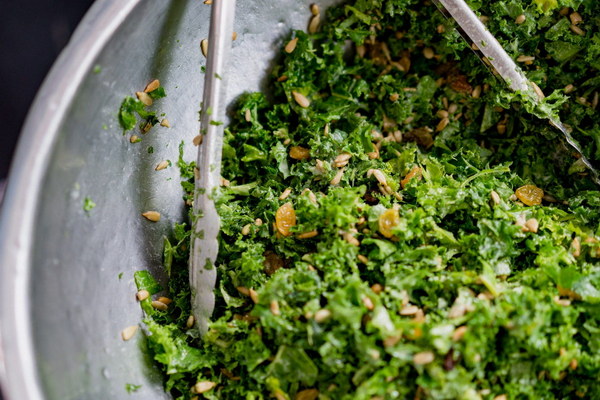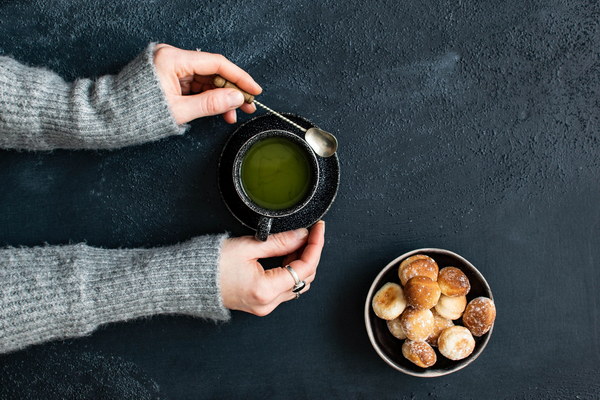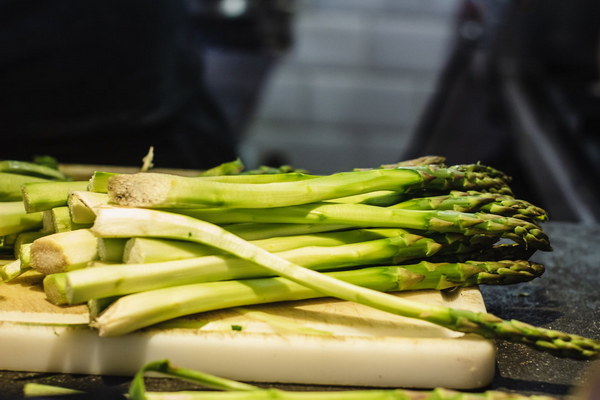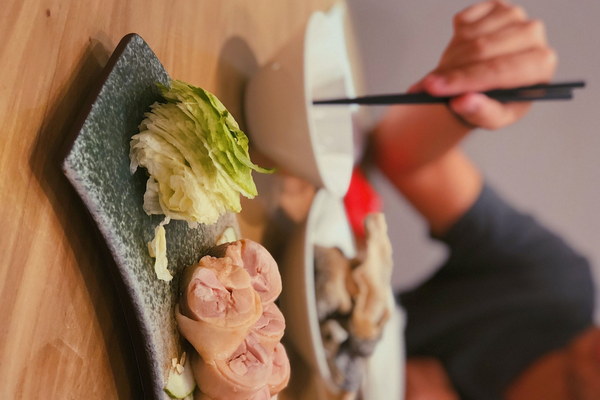Harmonizing the Power of Epimedium with Moisture-Relieving Herbs A Traditional Chinese Medicine Approach
In the realm of Traditional Chinese Medicine (TCM), the art of herbal medicine has been practiced for thousands of years. One such herb that has gained significant attention is Epimedium, also known as Yin Yang Huo. This versatile herb has been used in various formulations to treat a wide range of ailments. One of the most intriguing aspects of Epimedium's application is its combination with other herbs to alleviate moisture-related issues. This article delves into the fascinating world of Epimedium's moisture-relieving properties and explores some notable herbal pairings.

Epimedium, a member of the Berberidaceae family, is native to China and other parts of Asia. It has been highly valued for its potential to boost sexual function, alleviate joint pain, and enhance immunity. However, its moisture-relieving properties make it a vital herb in TCM for treating conditions such as dampness and edema.
Dampness, a concept in TCM, refers to an imbalance of fluid in the body that can lead to various symptoms such as fatigue, joint pain, and water retention. The moisture-relieving herbs, also known as dampness dispersing herbs, help to restore the body's fluid balance and alleviate these symptoms.
One of the most common herbal pairings with Epimedium for moisture-relieving purposes is with Atractylodes macrocephala, also known as Bai Zhu. This herb is well-known for its ability to tonify the spleen and remove dampness. When combined with Epimedium, Bai Zhu helps to strengthen the spleen, which in turn aids in the absorption of water and nutrients, reducing dampness in the body.
Another notable pairing is with Alisma orientale, also called Zhi Bai. This herb is a powerful diuretic and helps to eliminate excess fluid from the body. When combined with Epimedium, Zhi Bai aids in reducing edema and alleviating joint pain caused by dampness.
A third pairing worth mentioning is that of Epimedium with Poria cocos, also known as Fu Ling. Poria cocos is a mushroom-like herb that is highly prized for its ability to drain dampness and invigorate the spleen. When combined with Epimedium, Fu Ling helps to promote urination and alleviate dampness-related symptoms.
These herbal combinations not only target the root cause of the dampness but also provide a synergistic effect that enhances the overall effectiveness of the treatment. The following is a sample formula that showcases the harmonization of Epimedium with these moisture-relieving herbs:
Yin Yang Huo San (Epimedium Formula):
- Epimedium (Yin Yang Huo) - 10g
- Atractylodes macrocephala (Bai Zhu) - 15g
- Alisma orientale (Zhi Bai) - 10g
- Poria cocos (Fu Ling) - 15g
This formula can be taken as a decoction or in capsule form, depending on individual preference and the guidance of a TCM practitioner. It is important to note that while this formula is designed to alleviate moisture-related issues, it is essential to consult with a healthcare professional before starting any herbal treatment.
In conclusion, Epimedium, with its moisture-relieving properties, is a valuable herb in TCM. When combined with other herbs like Bai Zhu, Zhi Bai, and Fu Ling, it can offer a more comprehensive approach to treating dampness and its associated symptoms. By understanding the principles of TCM and the synergistic effects of herbal combinations, individuals can harness the power of Epimedium and other herbs to promote health and well-being.









